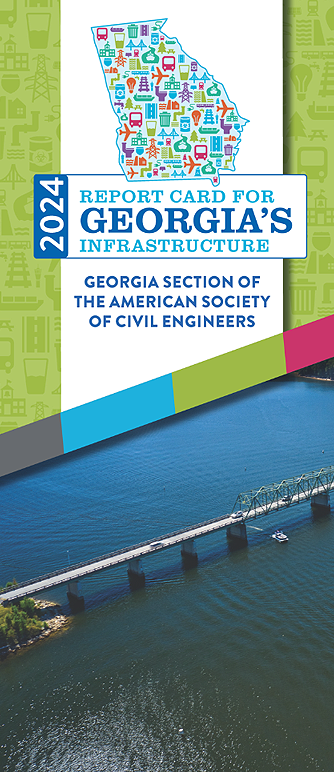2024 Georgia Infrastructure Report Card
2024 Report Card GPA: C+
Georgia’s 10.9 million residents, a quickly growing population, are benefiting from infrastructure systems with increasing investments and modernizing operations. Businesses are moving to Georgia to capitalize on expanding airports and improved road networks. While the state thrives with this growth, the increase brings many challenges to its infrastructure. However, civil engineers are dedicated to tackling these challenges and ensuring a safe and reliable infrastructure.
Georgia’s Section of the American Society of Civil Engineers (ASCE) produces a state infrastructure report card to provide the public with an accessible evaluation of performance across many categories and to create a roadmap to success for its infrastructure. The 2024 Report Card for Georgia’s Infrastructure is the 5th evaluation of this kind, covering 14 categories. The overall grade remained at C+, with six categories seeing grade increases, three experiencing reduced grades where funding streams are unpredictable and inadequate for life-cycle costs, and five categories seeing stable marks.
Improvements occurred in several areas in recent years. Georgia’s transportation system mostly progressed, thanks to projects completed with improved state funding from major legislation in 2012 and 2015. In 2022, 98 percent of Georgia’s bridges were rated fair or good condition – better than 93 percent in 2017 and much improved from 78 percent in 2013. The state’s aviation system budget, allocated from the state’s general fund, grew significantly from $13 million in 2017 to $44 million in 2023. Georgia Port Authority’s marine and inland port infrastructure achieved a 35 percent increase in cargo handling capacity from 2018 to 2022, with a workforce one-third larger than a few years prior. Critical dam infrastructure also improved. Seventy-eight percent of Georgia’s High-Hazard Potential dams had Emergency Action Plans in 2023, up 33 percent from 2018.
Despite this progress, new threats have arrived, and old challenges persist. Atlanta is the 10th most congested city in the United States. State funding in Georgia accounts for less than 2% of total public transit funding and transit costs are outpacing transit revenue. Statewide drinking water investment needs were estimated to be $19.7 billion in 2023, up from $12.5 billion in 2018. Utility rates for drinking water, wastewater services, and electricity, as well as funding for stormwater, have not kept up with the recent significant cost increases and trail national averages. In water systems, new regulations on treatment, pipeline replacements, and addressing extreme weather conditions increase needs. Additionally, 1,982 Georgian road users lost their lives in 2022, including 339 pedestrians, 11 percent higher than in 2021 and completing a 5-year trend of annual increases.
Click here to read recommendations the ASCE Georgia Section has for raising the grades.
-
Explore Georgia
- Grades
- State Fact Sheet
- IIJA Grants
Georgia Infrastructure Grades
A: Exceptional, B: Good, C: Mediocre, D: Poor, F: Failing
Each category was evaluated on the basis of capacity, condition, funding, future need, operation and maintenance, public safety, resilience, and innovation
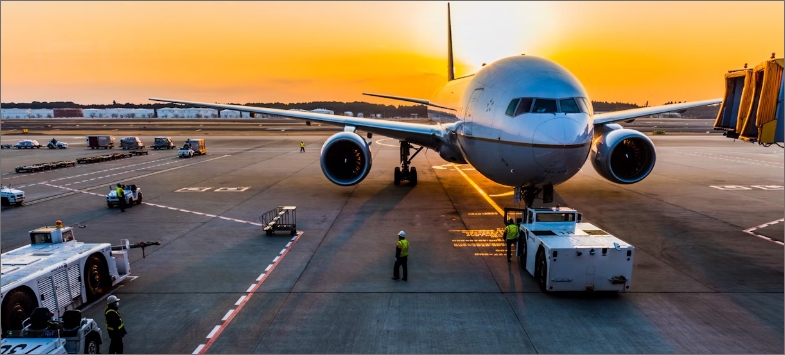

Aviation
New projects and upgrades created progress across Georgia’s 103 public-use airports, which generate an annual economic impact of $73.7 billion. Hartsfield-Jackson Atlanta International Airport (ATL), the busiest airport in the world for passenger traffic and Georgia’s largest employer with 383,000 jobs, creates 91 percent of that impact. State funding for aviation grew from $13 million in 2017 to $44 million in 2023, partially due to a one-time investment in 2023 supporting the statewide aviation plan. From 2017 to 2023, the amount of primary-use runway pavement rated as good or fair increased from 56 percent to 62 percent. Despite these positive trends in recent years, public data available while writing our 2019 aviation chapter significantly overestimated runway pavement conditions – a matter reflected in the lower aviation grade for 2024. With a clearer assessment of Georgia’s aviation infrastructure, the sector can better serve the state and nation’s air travel needs.
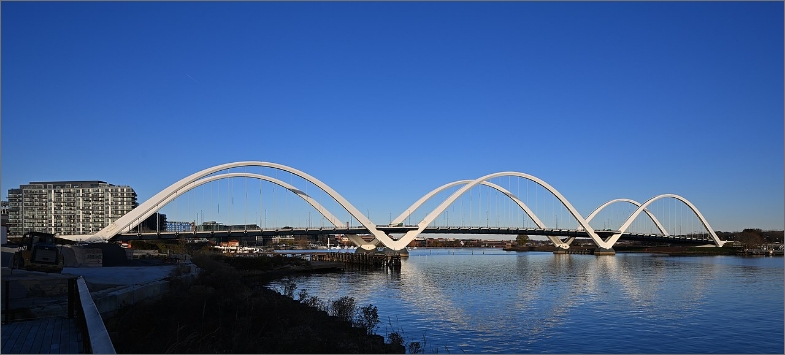

Bridges
ASCE observes strong infrastructure improvements across Georgia’s portfolio of nearly 9,400 bridges and almost 5,700 culverts. About 76 percent of those are in good condition, and less than 2 percent are in poor condition. That substantially bests the national averages. Because of state leadership through the 2015 Transportation Funding Act, a gas tax continues to support investments for significant upgrades. The portion of bridges in good or fair condition has increased from 78 percent in 2013, to 93 percent in 2017, to 98 percent in 2022. These improvements are threatened by funding pressures of vehicle efficiency and electrification, project cost escalation from input materials and labor shortages, and state legislative proposals for increased weight limits on roads other than federal highways. As Georgia works to sustain bridge improvements, infrastructure owner-operators can invest in new and innovative materials, technologies, and methods to build efficient, safe, resilient bridges.
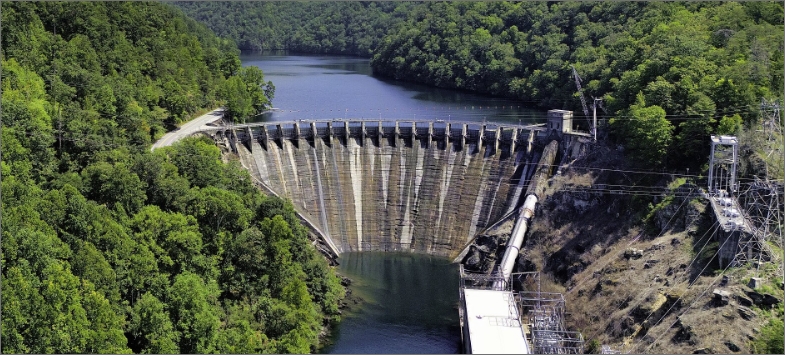

Dams
Dam safety in Georgia has increased in recent years thanks to increased investment and preparedness. In 2023, 78 percent of the state’s 542 High-Hazard Potential dams had Emergency Action Plans, up from 58 percent in 2018. Georgia’s Safe Dams Program was staffed by 11 full time employees in 2023, up from 10 in 2018, with 35 percent more state funding than the latter year. 84 percent of Georgia’s dams are privately owned, and those operations face difficulty paying for inspections and other compliance. Owners have found help with the Federal Emergency Management Agency (FEMA), accessing over $500,000 in the last five years from a new National Dam Safety Program State Assistance Grant Award. Additional state dam safety spending would unlock greater federal support. State dam safety staffers could also use backup; they cover almost twice as many dams per person as their peers in other states. Put another way, Georgia provides funding per regulated dam at only one-quarter of the national average.


Drinking Water
Georgia generally has adequate supply and treatment capacity for the 95 percent of its 10.9 million residents connected to centralized drinking water services. However, higher utility rates are necessary to meet the needs of a growing state. Statewide drinking water investment needs were estimated at $19.7 billion over 20 years in 2023, up from $12.5 billion five years earlier. Those projections don’t fully account for materials and labor costs due to inflation and impacts from regulated hazards. The median monthly water bill in Georgia was $29.90 in 2022, well below the national average of $39. That limits capabilities to cover the full cost of service, including capital, maintenance, and operating needs. Utilities must also comply with new federal regulations on “forever chemicals” and lead removal. New state requirements mean Georgia utilities must prepare an asset management plan, coordinated with permit renewals, identifying conditions and risks, and must establish reserve funds based on those data.
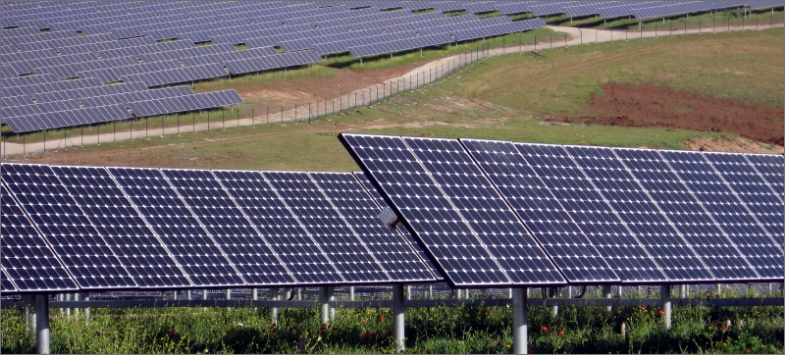

Energy
Energy is critical for Georgia, supporting 10.9 million residents and 1.4 million businesses. The state continues to invest in grid upgrades, with Georgia Power Company spending $1.3 billion across their integrated network from 2020 through 2022 and planning $7 billion of work from 2023 through 2025. Georgia’s energy generation remains level, with about 4,000 MW of coal retiring in recent years and about the same capacity installed with nuclear, solar, and natural gas. However, Georgia Power Company’s latest demand forecast shows a significant supply increase is needed. The state’s average residential rate of $0.140/kWh is below the national average of $0.151/kWh. Those rates were frozen from 2016 to 2020, meaning steeper rate hikes are possible to recover costs from new energy generation projects, increase interconnections in a grid hardened for extreme weather, bolster resilience, and support techniques like utility-scale storage and smart microgrids.


Public Parks
Upgrades are making a difference to Georgia’s parks and recreation facilities, of which cities and counties own the majority. Those cherished places span 10 percent of Georgia’s land area. 71 percent of Atlanta residents are within a 10-minute walk of a park, ranking 28th among American cities – better than 43rd in 2018. Eighty-four percent of Georgians visited a public park at least several times yearly, according to a 2020 state Department of Natural Resources survey. Fewer survey respondents (13 percent) listed poor facilities are an issue limiting participation, down from 34 percent in 2016. Capacity concerns remain, with one-quarter of 2020 respondents complaining of overcrowding. Outside of population centers, park access is a significant barrier. Residents identified distance to outdoor recreation (24 percent) and lack of transportation (14 percent) as issues. State and regional leaders can fund and coordinate park-oriented transportation services, facility upgrades, and construction of new parks in less-populated areas.
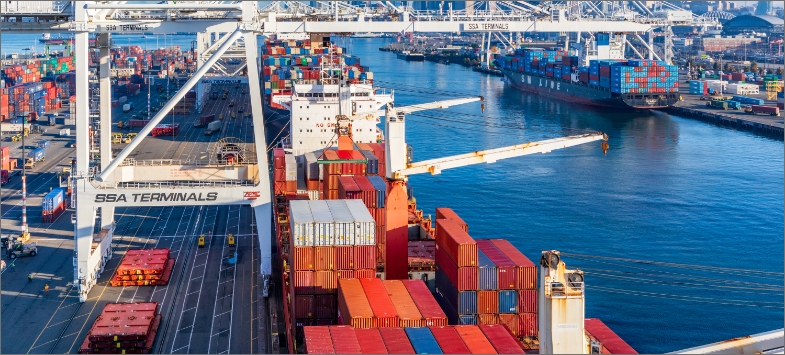

Ports
Georgia has marine terminals in Savannah and Brunswick and two inland ports – the Appalachian Regional Port and Port Bainbridge – operated by the Georgia Port Authority (GPA). These ports have a significant economic impact, supporting 561,000 jobs, contributing $33 billion in personal income and $3.8 billion in state and local taxes. GPA’s marine and inland port infrastructure achieved a 35 percent increase in Twenty-Foot Equivalent Unit (TEU) handling from 2018 to 2022. GPA has recently made many operational and maintenance improvements, expanding its workforce by one-third and adding 1.2 million TEUs of annual container yard capacity. The Port of Savannah now features the largest rail terminal on a port in North America, with the 85-acre Mason Mega Rail Terminal, which features 24 miles of on-terminal track. Facility improvements completed within the past 5 years and those currently planned will continue to improve operations as GPA plans to invest over $4.5 billion in capital investment over the next 10 years.
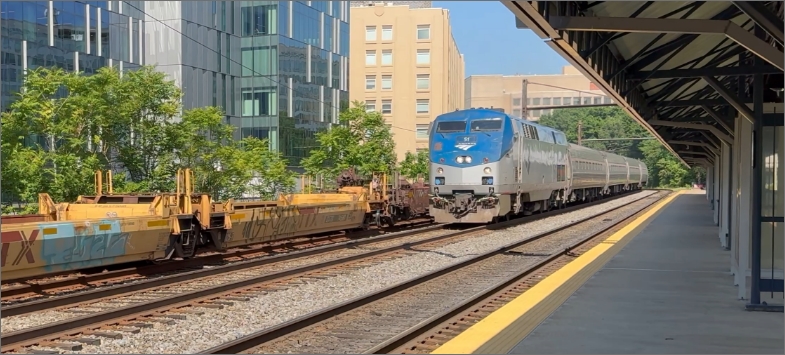

Rail
Georgia’s rail network operated well in recent years, moving 92.5 million tons of freight and 715,000 passengers annually over the 7th most extensive number of track miles. Georgia ranks in the top six nationally in many freight rail categories, with intermodal cars hauling containers to and from Georgia ports being the top commodity. The Class I railroads are privately owned and operate profitably on 70 percent of Georgia’s network, but private Class III owner-operators struggle to generate revenue necessary to improve their infrastructure or upgrade their aging equipment. Class I railroads reduced collisions and associated fatalities by approximately 50 percent from 2019 to 2022 thanks to investments in safety devices for at-grade crossings. Amtrak provides daily service along two corridors in the state, via Atlanta going East/West and via Savannah going North/South. To improve passenger ridership, the state can fund increases in frequency and upgrade track infrastructure to boost the speed of Amtrak service on existing and new alignments.


Roads
Georgia’s 125,000-mile road network continues to move travelers and goods well between origins and destinations throughout the state. Road infrastructure has benefited from the Transportation Investment Act of 2012 and the Transportation Funding Act of 2015, with the state gas tax increasing automatically with inflation. Georgia ranked 6th-best among states for road conditions in 2023. 67 percent of interstate roads are in good condition – seven percentage points higher than in 2019. Despite this progress, Georgia still faces congestion in major corridors and must move more people and goods in all travel modes, specifically around Atlanta and Savannah. In addition, roads have become less safe. 1,982 road users lost their lives in 2022, 33 percent higher than 2019. The total included 339 pedestrians. Decision-makers can improve traffic safety on Georgia roads with road diets, “complete streets” engineering, and multimodal investments.
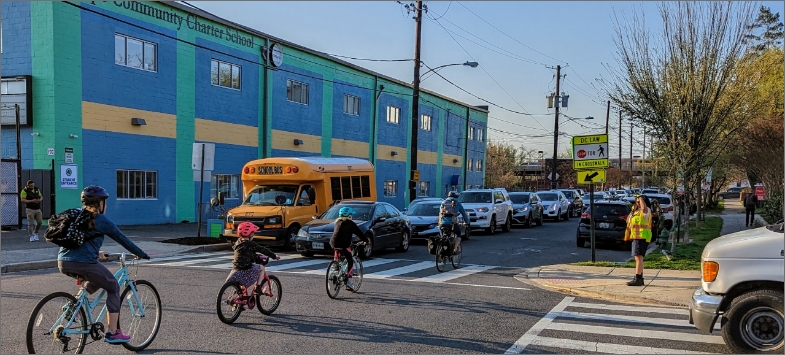

Schools
Georgia is investing unprecedented levels in the state’s 2,200 public K-12 schools, serving 1.86 million students. The state sent $13.1 billion down to its 181 school districts in FY2024. The rise of COVID-19 temporarily shifted some Georgia school facility spending from new campuses to upgrades of current facilities with improved ventilation systems, enhanced cleaning protocols, and upgraded technology with broadband connectivity. But those notable projects obscure the overall picture: Georgia schools still spent more on new campuses than maintenance projects. Capital spending, improvements to the physical infrastructure and facilities on campus, only amounts to 7 percent of Georgia’s total school spending. That’s below the already very low national average of 10 percent. As Georgia gains residents and public schools potentially regain enrollment, decision-makers should prioritize state-of-good repair work and account for inflation, among other factors increasing project costs.
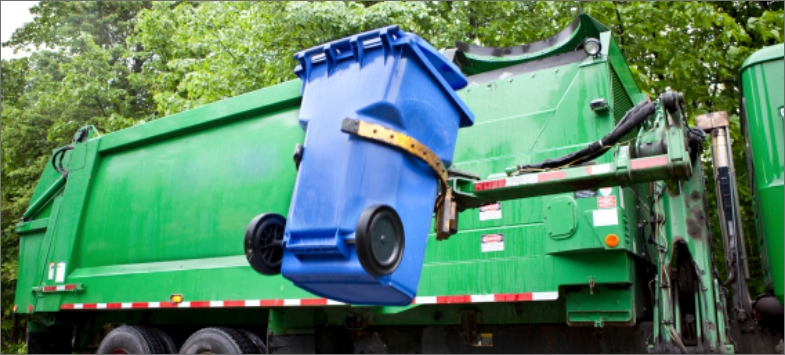

Solid Waste
Increased funding to Georgia’s statewide waste agency has allowed better oversight, data gathering, and overall management of the regulated community. Landfill capacity remains strong with over 36 years of capacity currently remaining. Household trash disposal, estimated at 9.22 pounds/person/day in 2022, is down 3 percent from 2017. Georgia’s Solid Waste Trust Fund was bolstered by 2021’s constitutional amendment limiting the repurposing of fees and appropriations to be dedicated back to their intended waste programs. Meaningful improvement, however, hasn’t been shown in conservation. Despite some positives at the local household level, there is still only a limited concerted effort by the government in aspects related to reuse, recycling, reclamation, and materials recovery. That said, the state’s nascent Municipal Measurement Program for Waste Diversion and Recycling shows promise, with its first survey identifying a 20 percent diversion rate within responding agencies.
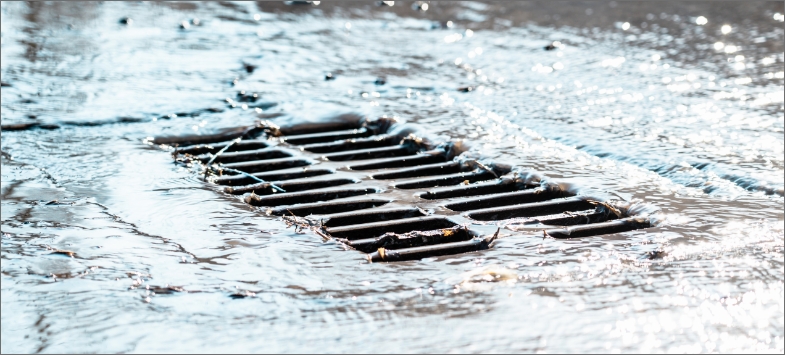

Stormwater
Georgia’s stormwater infrastructure has continued to improve in recent years. However, progress has not kept up with threats from increased runoff and pollutant loads. Changing land use and development supercharge those hazards. Water planning documents addressing stormwater needs were updated across the state in 2022-2023, but consistent, flexible funding mechanisms have not been established to meet needs. Sixty-four local governments in Georgia have stormwater utilities, about the same as five years ago. Only some of those utilities have increased fees to fully account for aging infrastructure and project cost increases. Analysis of available data provided by the Atlanta Regional Commission (ARC) indicates there is an annual gap of over $620 million between stormwater infrastructure needs and funding in Metro Atlanta alone. Resilience threats are also growing. The Georgia Stormwater Management Manual Coastal Supplement will soon address current and future needs related to sea level rise and changing storm patterns for the coastal area. However, areas beyond the coast face changing storm patterns that will need to be addressed in design standards.
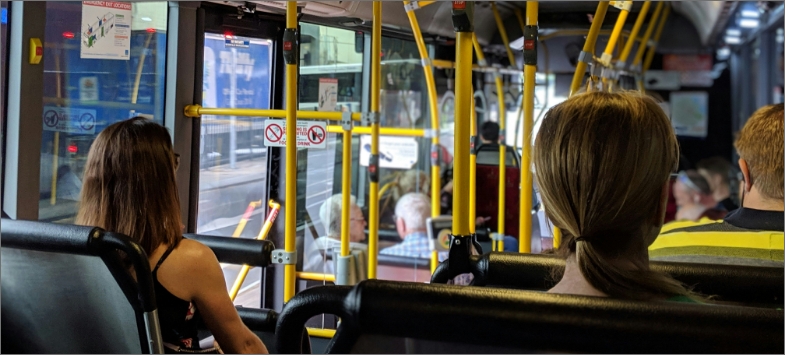

Transit
Georgia’s 93 transit systems remained steadfast during the COVID-19 pandemic but are under threat. Twenty-five percent of Georgia’s FY2021 $1.4 billion transit spending was temporary federal relief. Georgians chose transit for only 54 million trips in 2021, still 25 percent below December 2019. Georgia’s roads, airports, and passenger rail are all back to pre-COVID activity levels. Transit must compete on function and feasibility with cars to sustain Georgia’s economic growth and relieve road congestion. But it hasn’t been a fair fight. Transit funding is left mostly to local jurisdictions, compared to significant state support of road construction and operations. Local decision-makers have recognized the need for reliable and affordable transit, but recent attempts to secure necessary long-term funding have fallen short. Additionally, state decision-makers can harness the budget to chart a new financial and regulatory course where transit services get a level playing field to rethink and improve services in our new hybrid work reality.
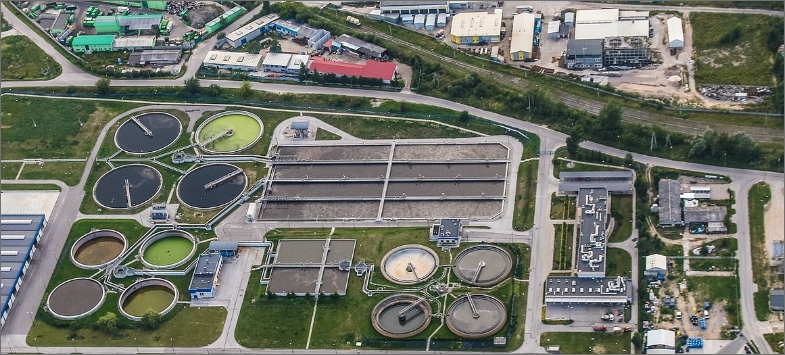

Wastewater
Georgia’s 10.9 million residents are served by improving wastewater systems. Combined sewer systems made progress in reducing overflows after federal consent decrees. Statewide, daily wastewater flows were only 58 percent of the permitted maximum. But rural areas prove more challenging. Fifty-five percent of residents outside urban areas, or one-third of the state and 15 percent of its wastewater volume, rely on onsite septic sewer systems with limited government oversight. Overflows or spills, in many cases due to harmful infiltration/inflow events, were stuck at 1,000 annually despite increased repair work. Federal investments across two landmark laws in 2021 significantly improved wastewater funding levels, but only temporarily. At least 25 percent of utilities have not updated their rates since 2019 in the face of inflation. Many systems may not be recovering the cost of service. Moreover, extreme weather events demand more expensive, resilient infrastructure and stringent regulations mandate increasingly robust operations.
State Fact Sheet
Download Fact Sheet
Aviation
$97.5 million in 2024 airport improvement grants across 9 major airports

Drinking Water
$19.7 billion total drinking water need

Transit
75 million passenger trips across 85 systems in 2023

Bridges
15,069 bridges, 1.6% of which were structurally deficient in 2024

Hazardous Waste
23 Superfund sites

Wastewater
$15.3 billion total wastewater need

Dams
541 high hazard dams

Levees
21 miles of levees protect $3.6 billion of property

Roads
26% of roads are in poor or fair condition.

Connect with Your Legislators
Let everyone know how important it is that we continue to invest in the future of America’s infrastructure.
Take Action Today


